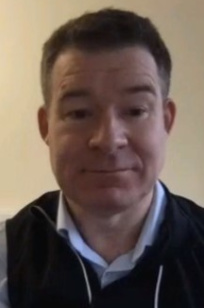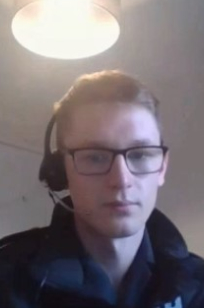HFMA 2020: app provides emergency support for cardiac arrests
The long-term plan prioritised improvements in cardiovascular disease and promised to develop a national network of community first responders and defibrillators that would help save up to 4,000 lives each year by 2028. The proposal is based on the fact that the chance of surviving a cardiac arrest out of hospital doubles if someone receives immediate resuscitation (CPR) or defibrillation.
Ambulance trusts have been working with the developers of the GoodSAM app to turn this vision into a reality, while also using other features of the app to support clinical staff and paramedics in other areas.
The GoodSAM app integrates with ambulance service computer aided dispatch to trigger responses from registered volunteers with appropriate training while the ambulance service is still on route. It has also been used to recruit and mange 750,000 volunteers to support people who are self-isolating because of Covid-19.
‘We are most famous for crowdsource resuscitation – to alert off-duty doctors and nurses, paramedics, policemen, firemen, and people who have CPR as part of their statutory training,’ the app’s co-founder and neurosurgeon Mark Wilson (pictured) told the HFMA conference. ‘They can be alerted when someone is having cardiac arrest. If we can use technology to pull the right people in to do good quality CPR and grab an AED [defibrillator], we can improve out-of-hospital cardiac arrest survival.’
‘The system is already used extensively across New Zealand, parts of Australia and the US and we hear of many survivors – pre-Covid [it was] one every other day,’ he said, although this reduced initially during the Covid response. ‘And pretty much the whole UK is on it now.’
South Western Ambulance Service NHS Foundation Trust is one of the organisations to have implemented the technology. ‘Before GoodSAM, we had no system to alert bystanders to cardiac arrests – and that is the single defining thing that can make a difference to those patients,’ Rhys Hancock, senior lead clinician at the trust. ‘You could be a paramedic in aisle five of Tesco and there’s a cardiac arrest in aisle 31 and there is no way you would ever know about it.’
So the trust introduced GoodSAM cardiac and now has 855 members of staff signed up on a voluntary basis outside of work. Since the introduction, the trust has sent 16,000 alerts. ‘That’s 16,212 patients we have endeavoured to provide a quicker response to,’ he said.
The alerts make the volunteered staff and any community first responders aware of any cardiac arrest happening within 500 metres of them. This may not result in a positive response each time, although by building up its volunteer base, the trust has a clear ambition to effectively have someone on each street corner.
South Western Ambulance is also implementing a video consultation feature on the app, enabling paramedics and other clinicians to get specialist support while on the move or at the scene. Mr Hancock (pictured) said everyone who used it in the trust’s pilot at one ambulance station said it increased their confidence in their clinical decision making. And the system helped the trust to upgrade or downgrade calls on the basis of the better understanding of the incident and what was needed.
The system has now been implemented as business as usual and is being used to enable specialist paramedics to assist across a greater number of incidents and to support newly qualified paramedics. The trust is now looking to broaden use of the system to support mental health triage and is looking to roll-out the app’s translation functions for situations where communication because of language is a difficulty.
Professor Wilson said that governance was key to the system, requiring volunteers to provide evidence of their qualifications, whether through work identification or a valid first aid certificate. He also said that signing up did not put major demands on volunteers, with volunteers in London typically getting alerted twice a year to a cardiac arrest.
Related content
The Institute’s annual costing conference provides the NHS with the latest developments and guidance in NHS costing.
The value masterclass shares examples of organisations and systems that have pursued a value-driven approach and the results they have achieved.